At the beginning of February, a new Mayan civilization was discovered, thanks to advanced laser technology that unearthed it! With this discovery, interest in travel to Guatemala has skyrocketed. Fortunately, VV contributor Lindy Tolbert was just in Antigua, so if you’re not quite sure where to begin, here are her suggestions of the best travel highlights of Antigua, Guatemala.
Written by Lindy Tolbert
I remember the hilly coastline of Guatemala, looming large on the horizon as our Holland America cruise ship glided into the snug harbor of Puerto Quetzal. It was so named for the popularity of the colorful bird native to the country.
I’d broken my foot about a week before. I was already having issues navigating flat land, so I was anticipating some problems for our adventure into the UNESCO World Heritage site of Antigua, the capital city of Guatemala.
Mercifully for my foot, but less mercifully for my adventurous intentions, most of our Holland America coffee estate and Antigua excursion took place in cramped bus seats, peering from tinted windows. Why? Because Puerto Quetzal was at least an hour and a half away from the capital.
But boy, was Antigua worth that hour-and-a-half drive.
Coffee and the panza verdes
Fortunately, we weren’t entirely without local interaction. Our tour took us to a coffee plantation located on the hills outside Antigua called the Finca Filadelphia Plantation, from which 80 percent of Guatemalan coffee exports originate.
As Lorelai Gilmore once said, “I like coffee with my oxygen.”
The coffee plantation employees prepared a traditional Guatemalan meal of fried beans, plantains, guacamole, and corn. The carnivores, unlike me, got beef.
Side note: Aside from a proclivity for coffee, Guatemalans adore avocados. Guatemalans earned the nickname “panza verdes” – or green bellies – for their reliance on the verdant fruit. More than 85 species exist in the country, so guacamole was a guaranteed presence in almost every meal.
Okay, back to the coffee. Our tour guide took us through the painstaking process of growing, “milking,” and collecting the individual Arabica beans, demonstrating each stage as they washed, dried, roasted, and processed them in fermentation tanks.
Coffee bean fields.
The naked bean.
The bean-drying area.
The various stages of drying and roasting.
The finished product.
My folks, Margie and Doug, and I. Yes, we had to put on hair nets in the treatment area. We’ve hit peak attractiveness.
A brief historical overview
Once our guide herded us back onto the bus, he entertained us by telling us our energy number and animal according to Mayan astrology.
The Maya, the indigenous people who originally occupied Guatemala, were an incredibly advanced civilization. They developed their own hieroglyphics, art, and 260-day calendar. Additionally, they had their own systems of astronomy, astrology, math, and architecture.
Many Guatemalans proudly carry on the heritage and cultural traditions of the Maya to this day, in spite of Spanish colonization in the 1500s and 1600s. Numerous highland communities still reference the Mayan calendar and the astrological signs associated with it. (My energy was 7 and my animal was Imix, or the crocodile. Find yours here.)
Antigua
The metal beast that was our bus careened down the forested, winding roads, past jacaranda trees and bougainvillea, surrounded by lush vegetation. We finally came to rest down into the valley of Antigua, nestled between two active volcanoes.
Once we landed, I took stock of the city’s cobblestone streets. My asthma started acting up at the mere anticipation of exercise.
I walked past the Iglesia de La Merced—the local church adorned with purple Lenten banners—and past Pollo Campero, a fast food chain run by the Gutierrez family, one of the richest families in the country.
From there, I soldiered onward toward the Santa Catalina Arch, an arch built in the 1600s over a cobblestone street (“Calle de Arco”) running between to convents.
(Nuns living in the convents who had taken vows of seclusion used it to get back and forth between the buildings without being seen. Over time, it’s become a symbol of the resilience of the country and features heavily on the nations postcards and other visual media.)
Traditional traje
Tourists peppered the street beneath the Santa Catalina Arch and Guatemalans sold their wares in traditional clothes, or traje.
This woman allowed me to photograph her beautiful “traje.” Traje are colorful indigenous clothes woven with shapes and patterns that tell a story of the wearer’s identity.
Their delicate beadwork was intricate and precious, and their arts even extended to the tassled bridles of their horses.
Hot tip: Stopping anyone in traje to ask for a picture can cost money. Please ask people before you take photos of them.
Homes and traditions
One theme I noticed in Central and South America was the colorful houses. Chipped paint covered most of the them, usually green, orange, blue, yellow, turquoise, dusty rose, red, or purple.
Weeds peeked through corrugated tin roofs and clothes dried on the clotheslines outside.
Even the cemeteries were colorful. Mayan tradition says that honoring the dead encourages the living the make peace with the inevitability of death, so year-round, cemeteries can be filled with candles, food, incense, flowers, and even chickens.
Tombs are painted varying colors, depending on the family’s intention. Often, colors have individual meanings (turquoise for protection, etc). During Day of the Dead, many tombstones will be cleaned and repainted.
(The giant kite festival and Todos Santos are fascinating parts of the Guatemalan Day of the Dead celebrations and are worth reading about if you have a minute.)
Transportation
One also can’t forget to mention the ubiquitous scooter, on which many locals jettisoned along the narrow thoroughfares. Although stray dogs and chickens run free in the streets, Guatemala’s scooter riders miraculously always seemed to avoid them.
Though many countries have heavy scooter traffic, possibly my most outrageous scooter memory was in Guatemala. Our bus passed a full mariachi band that had all stopped their scooters on the side of the road to pee near one of the multitude of sugar cane fields and banana plants.
Drivers of all kinds often stopped by fruit vendors on the side of the road, and you could often see men and women loitering near the stands, eating one fruit or another.
Shopping
We were shepherded to our next “shopportunity” at the local jade museum, which felt a bit too touristy for my taste, but regardless, I was enamored with the intricate workmanship of the artists, who shaped stone at workbenches in the shop for all to see. They exhibited a detail in their work that simply eludes me.
In all honesty, I wish I could have spent more time in Antigua. It’s a vibrant city to visit, awash with color and history. Even if that alone won’t bring me back, the avocados will.
Best Travel Highlights of Antigua, Guatemala
…Or as I like to call it, “TL; DR” (Too Long; Didn’t Read).
Best things to do
• Schedule a coffee tour (I liked the Finca Filadelphia Coffee Plantations tour)
• Visit the Santa Catalina Arch on the Calle de Arco
• Walking tours of Antigua
• Hike up one of the city’s three volcanoes
• The Chocolate Museum (ChocoMuseo)
• Ziplining
• Visit Tikal
Best things to eat
Guatemalan
• Los Tres Tiempos
• Rincon Tipico
• Tienda La Canche (Dishes regularly recommended include the pepián de pollo, tortillas, and frescos.)
• La Fonda de la Calle Real (Dishes regularly recommended include the queso fundido and the caldo real.)
International
• Restaurante Casa Santo Domingo (Fusion)
• Cerro San Cristobal (Vegetarian)
• Mesón Panza Verde (International/Fusion)
Best places to shop
• Jade Maya (The Original Jade Factory and Museum)
• The permanent street market
• Nim Po’t Centro de Textiles Tradicionales (folk art and textiles)
Lindy Tolbert is a content marketer and writer. She has been in writing industry for 10+ years, and has been published by The Austin-American Statesman and Tripping.com
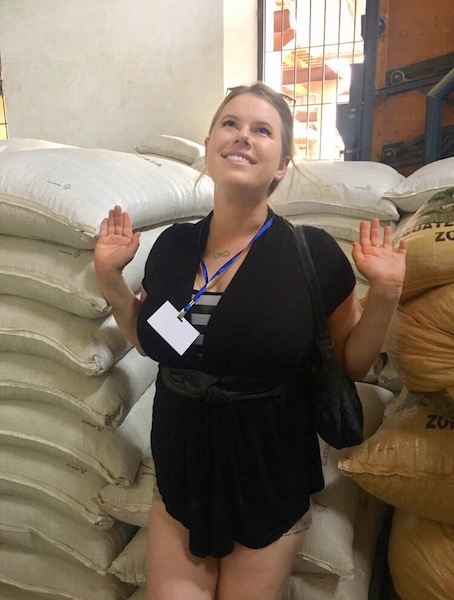

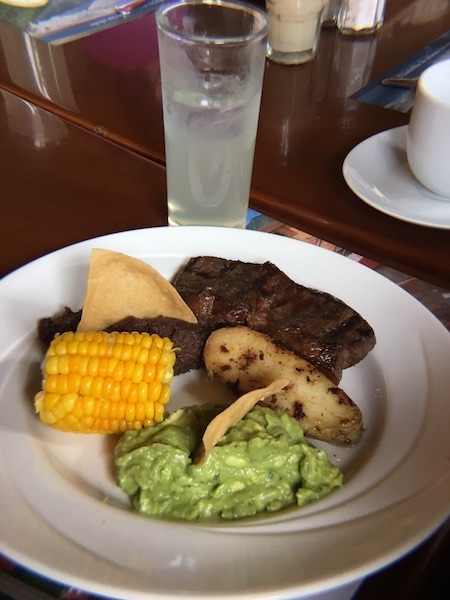
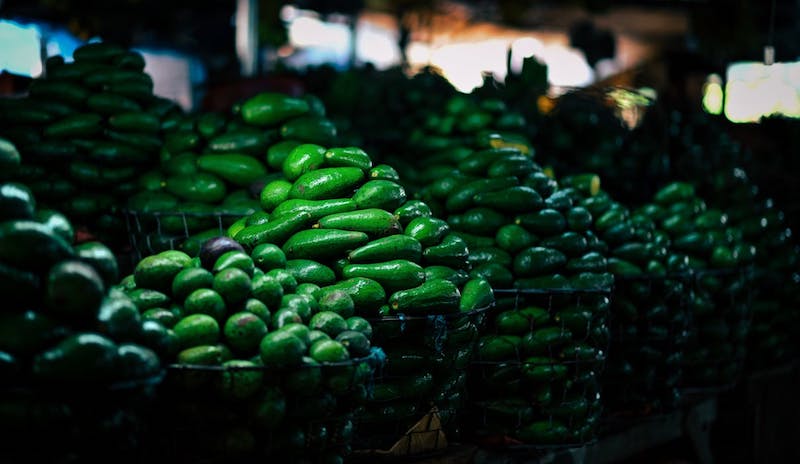
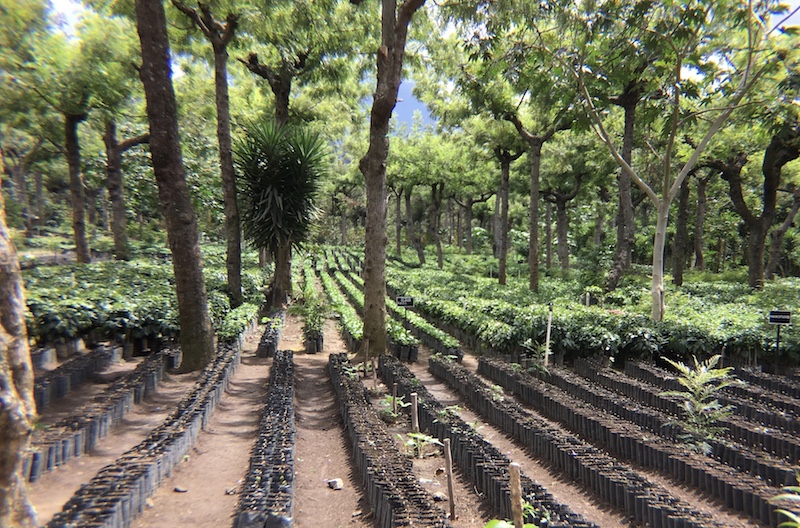


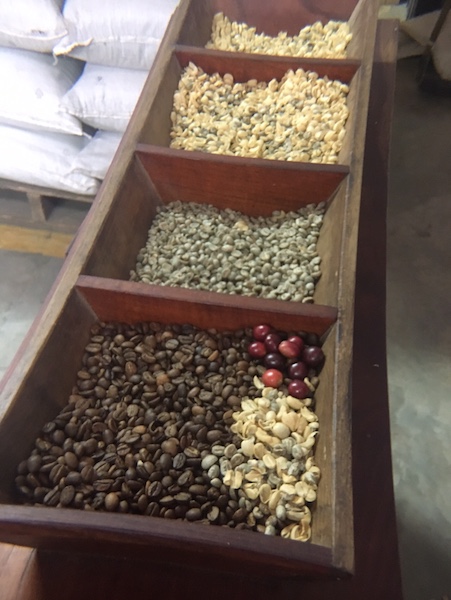

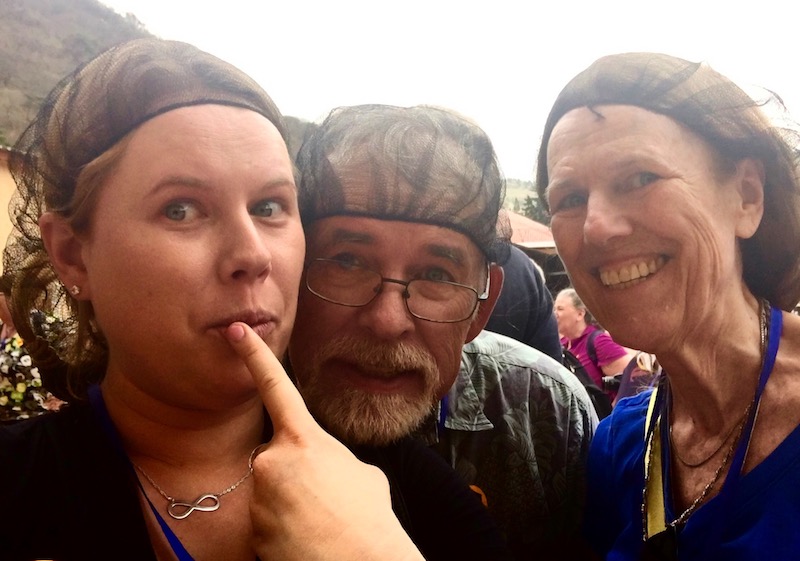
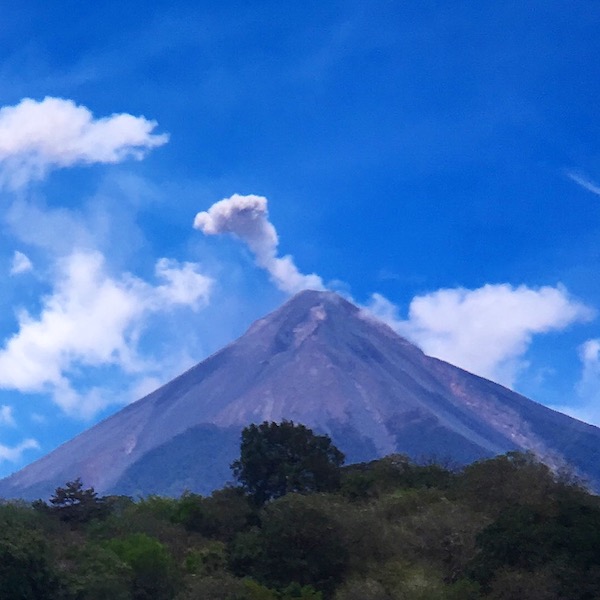

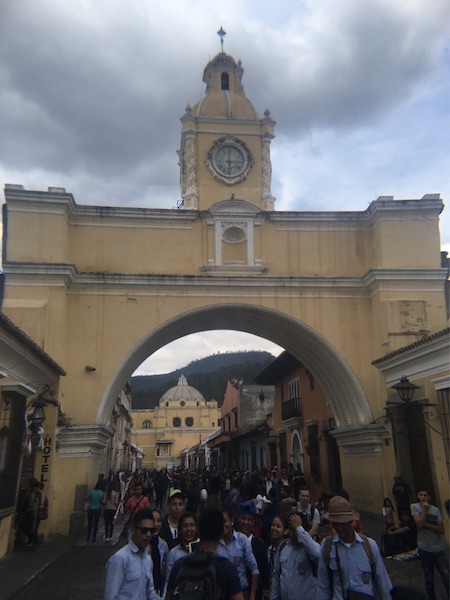

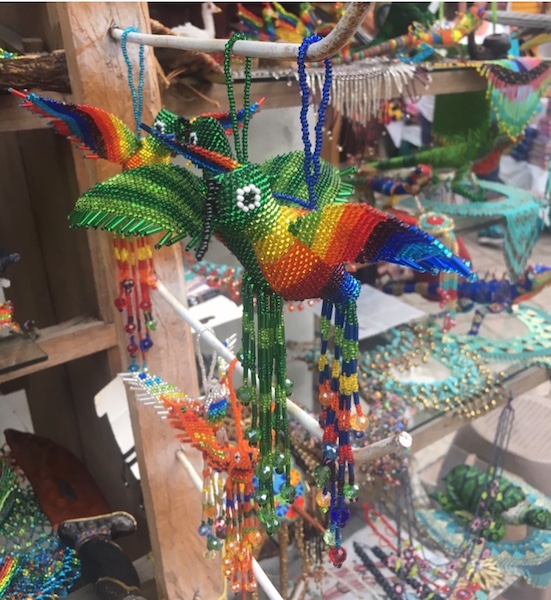
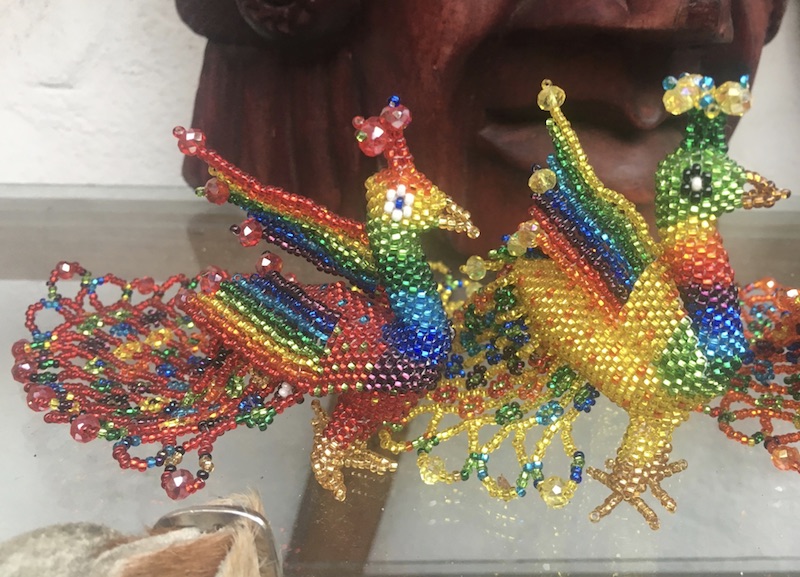
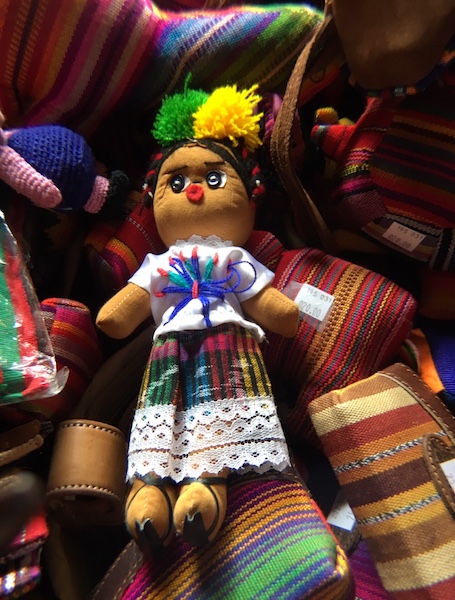






 Subscribe to our email to get the latest news, travel tips, tricks of the trade, and our most recent posts delivered straight to your inbox monthly.
Subscribe to our email to get the latest news, travel tips, tricks of the trade, and our most recent posts delivered straight to your inbox monthly. 